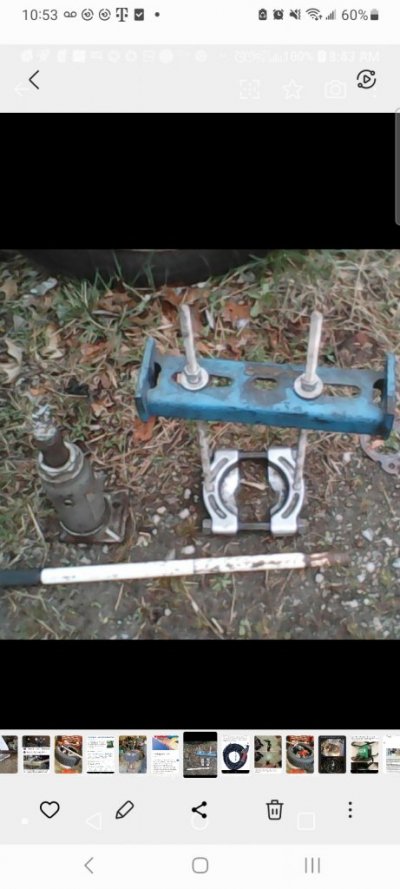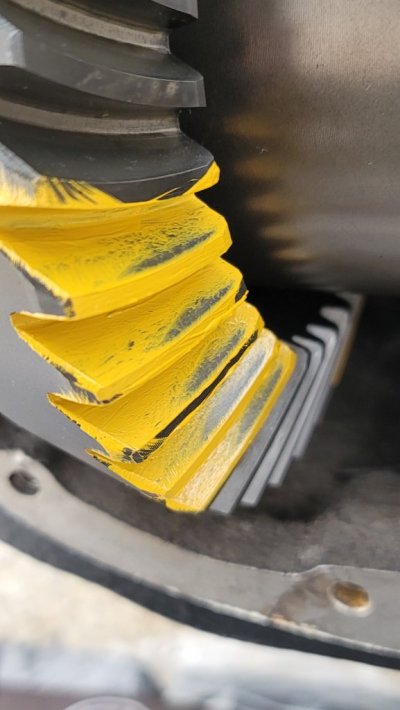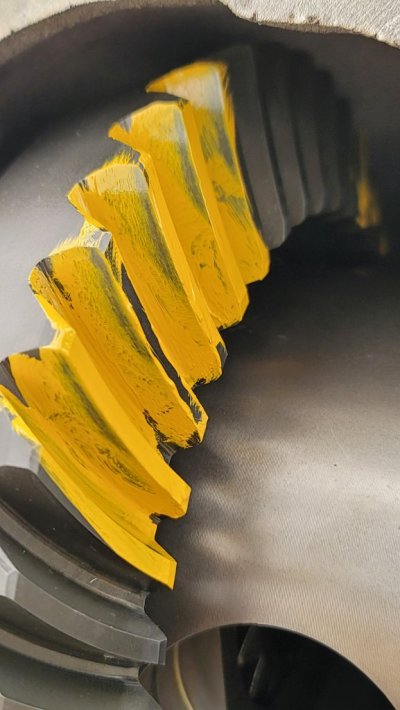ucs75
Member
- Joined
- Oct 7, 2021
- Posts
- 30
- Reaction score
- 21
- Location
- Nashville, TN
- First Name
- Benjamin
- Truck Year
- 1987
- Truck Model
- V10 Suburban
- Engine Size
- 350
Hello all,
I just received a clamshell bearing separator and ran it through first removal. What I found leaves me a bit perplexed...
Background: I'm changing my ration to 4.10 on front and rear differentials. I'm currently working on the front, and haven't done the rear yet. I have the new ring and pinion along with a shiny new Detroit Truetrac. The vehicle is completely disassembled with no engine - so there's no worry of trying to drive with mismatched front/rear gear ratios.
After removing the bearing from the original pinion, I found a 36 shim and measured the thickness of the gear from face to the shoulder that the shim rests on at 1.6775 let's call it 1.678. Adding 36 thousandths to that number, we have a total thickness of 1.714. I then measured the new pinion, and found it measures 1.755 between gear face, and bearing surface. That's .041 thicker without any shims than the stock one with shim.
Am I going to be in trouble?
I just received a clamshell bearing separator and ran it through first removal. What I found leaves me a bit perplexed...
Background: I'm changing my ration to 4.10 on front and rear differentials. I'm currently working on the front, and haven't done the rear yet. I have the new ring and pinion along with a shiny new Detroit Truetrac. The vehicle is completely disassembled with no engine - so there's no worry of trying to drive with mismatched front/rear gear ratios.
After removing the bearing from the original pinion, I found a 36 shim and measured the thickness of the gear from face to the shoulder that the shim rests on at 1.6775 let's call it 1.678. Adding 36 thousandths to that number, we have a total thickness of 1.714. I then measured the new pinion, and found it measures 1.755 between gear face, and bearing surface. That's .041 thicker without any shims than the stock one with shim.
Am I going to be in trouble?




